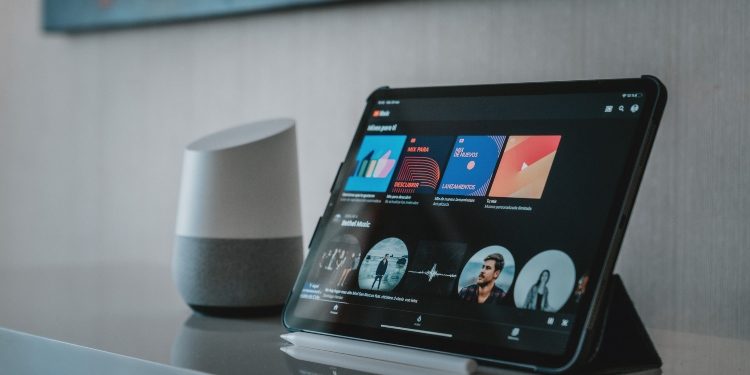In the mid-20th century, the first wave of home automation revolutionised the way we lived. Now, the second wave of home automation looks set to do the same. The development of smart devices has created the sort of possibilities that used to be seen in science fiction. Here are some ideas as to how you can get started with home automation.
Choose your hub
In principle, you don’t need a hub to run smart devices. In practice, the more of smart devices you add to your home, the more it makes sense to use a hub to manage them. In principle, there are 6 smart hub ecosystems you can choose from. These are:
- Amazon Alexa
- Apple HomeKit
- Google Assistant
- IFTTT
- Z-Wave
- ZigbeeSmart hubs
In practice, the first three are used for smaller environments (like regular homes). The last three are better suited to larger environments (like offices).
Amazon, Apple, and Google all produce smart speakers. These function as digital assistants. If they are the only smart device in your home, you can use them as speakers and for searching the internet. As you start adding more smart devices to your home, they will become your hubs.
Choosing your first devices
There are three main reasons why people are switching to smart devices. These are convenience, security, and efficiency (i.e., cost savings). A lot of smart devices offer all three benefits. They may, however, offer it in different proportions. For example, devices that offer convenience also tend to be very efficient but may not offer a lot of security.
Work out what your priorities are. Then think about how automation would fit into that. Remember, automation is essentially about getting devices to take specific actions in response to specific prompts. This means that smart devices tend to have the most impact in the places you want the highest levels of control and/or stability with the least effort.
Cost is also an issue for most people. Many people, therefore, like to prioritise smart devices that are relatively low cost but highly efficient. Ease of use is a factor you may want to consider. With that said, domestic-grade smart devices tend to be very user-friendly. Having a hub makes them even easier to control.
Some popular entry-level smart devices
All of these devices are available in options to suit the three main hubs. They may not, however, work with all of them. Make sure you double-check their connectivity options before you buy them.
Smart doorbells/security cameras
The line between smart security cameras is becoming increasingly blurred. Amazon’s smart doorbell has the unique selling point of integrating with Amazon’s own ecosystem. This means it can keep you updated on the status of your Amazon deliveries. Otherwise, smart doorbells and smart security cameras have essentially become much the same.
They are both a hybrid of a camera and an intercom system. The only real difference between them is that smart doorbells have to be placed relatively low down on a door. Smart cameras can be mounted higher up (out of hitting distance). If you want to maximise your security, it often makes sense to use both.
Smart light bulbs
Smart light bulbs are hugely popular because they can save you a whole lot of money on your electricity bills. Firstly, all smart lights are LEDs. This immediately makes them more economical to run than traditional incandescent light bulbs.
Where smart light bulbs have the edge over standard LEDs is that they can also be operated remotely. They can also be set to turn on and off according to a schedule and/or in response to prompts. The main benefit of this is that it stops wasted electricity. As a bonus, however, smart light bulbs enhance convenience and security.
Smart thermostats
Smart thermostats offer much the same benefits as smart light bulbs but for your heating. They can cost a bit more to implement but the benefits are often significantly higher too.
Author Bio: David Tyrer is the Director of Rio Heating and has over 30 years’ experience in creating smart heating & technology, designed to be enjoyed with smart home devices.











































































